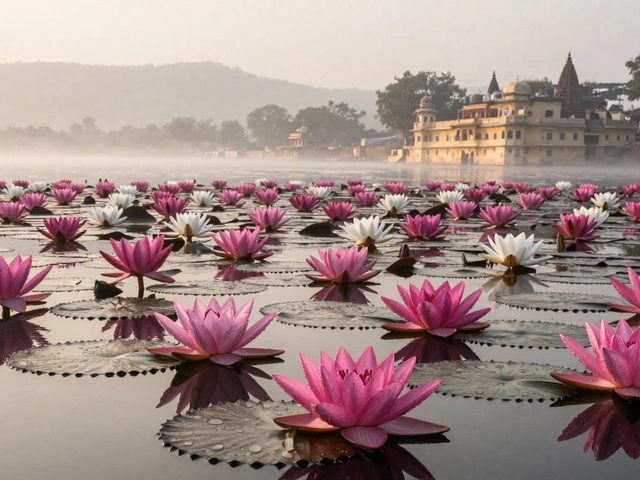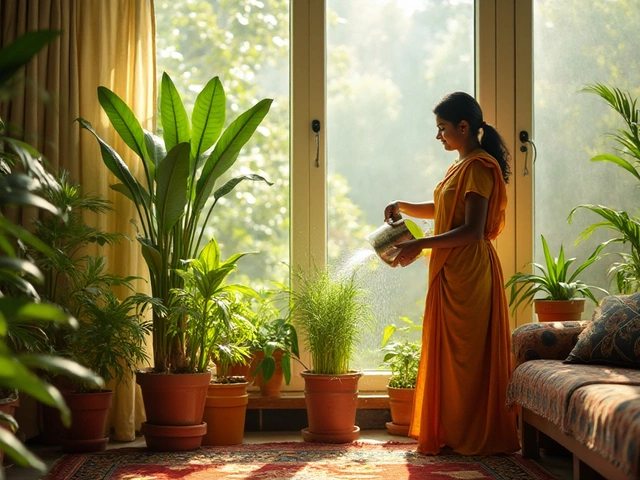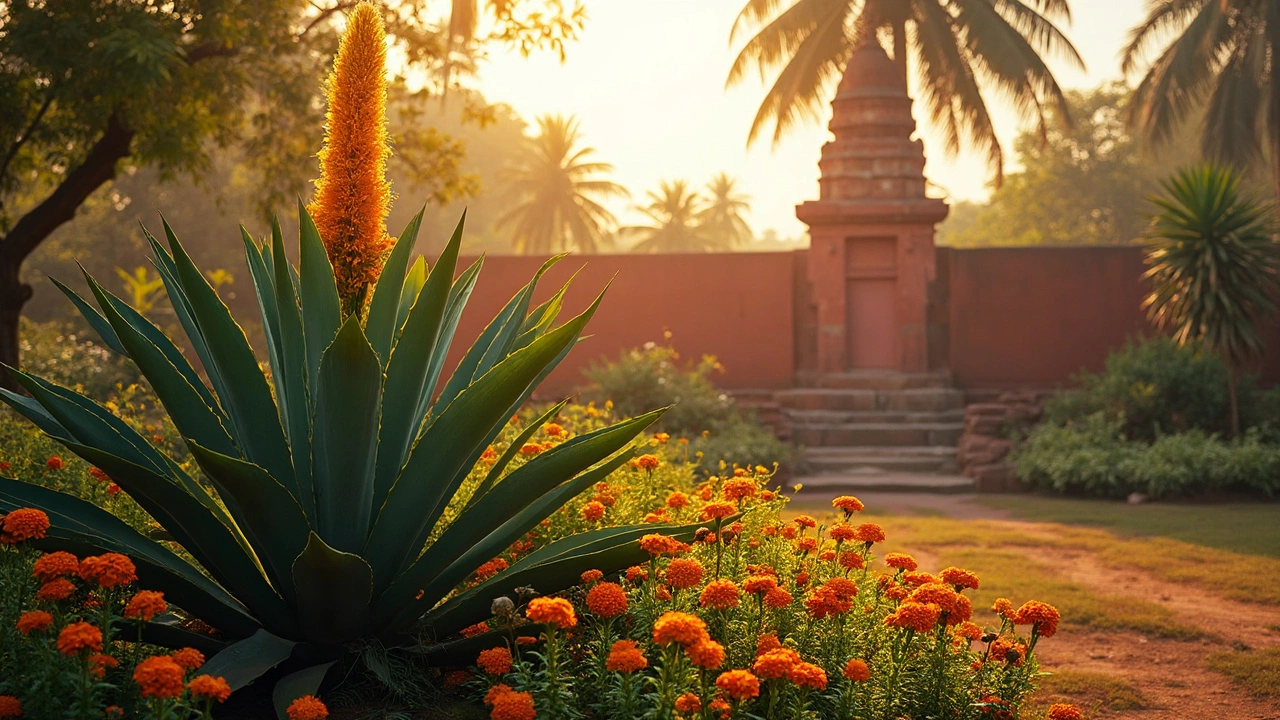Rare Blooming Plants: How to Grow and Enjoy Uncommon Flowers
If you love a garden that turns heads, rare blooming plants are the secret weapon. These blossoms don’t show up in every neighbor’s yard, so they instantly make your space feel special. Below you’ll find practical steps to pick, plant, and care for these unique flowers, plus quick links to related articles on our site.
Pick the Right Rare Blooms for Indian Climate
India’s climate varies a lot – from humid coasts to dry interiors. Start by matching a plant’s native zone with your local weather. For example, the Blue Poppy thrives in cooler hill regions, while Rhododendron arboreum loves the subtropical hills of the North-East. Look up the bloom’s preferred temperature range, rainfall needs, and soil type before buying.
Our guide on Best Months for Flower Blooming in India breaks down when most species hit their peak. Use that calendar to schedule planting so your rare flower will be at its show‑stopper just when you want it.
Soil, Water & Feeding Basics
Rare plants often need a little extra love in the soil department. Start with a well‑draining mix: add compost, sand, or perlite to improve texture. If you notice heavy, compacted soil, check out our article How to Loosen Heavy Garden Soil for quick amendments.
Watering is another make‑or‑break factor. Many uncommon flowers prefer consistent moisture but hate soggy roots. A drip irrigation system can deliver just the right amount – see our post How Deep Should Drip Irrigation Lines Be Buried? for installation tips.
Fertilize sparingly. Use a balanced organic fertilizer during the growing season and cut back once the plant settles into dormancy. Over‑feeding can cause tender shoots that are prone to pests.
Speaking of pests, rare blooms can attract specific insects. Try companion planting – pair a fragrant herb like rosemary near your rare lily to deter aphids. Our piece on Sister Plants: The Science and Benefits of Companion Planting offers more combos.
Finally, keep an eye on sunlight. Some rare flowers need full sun, while others thrive in partial shade. If you’re unsure, monitor leaf color: yellowing often signals too much sun, while leggy growth points to insufficient light.
By following these basics, you’ll give your rare blooming plants the best shot at thriving and dazzling anyone who walks by.
Ready to explore specific rare species? Check out our article Most Beautiful Flower in the World: Types, Facts, and Gardening Tips for a curated list of show‑stopping blooms, many of which are perfect for Indian gardens.
Remember, growing rare flowers isn’t just about novelty – it’s about adding diversity to your garden ecosystem, attracting pollinators, and creating a personal oasis that reflects your style. Dive in, experiment, and enjoy the unique colors that only rare blooming plants can offer.
What Plant Only Blooms Every 100 Years? Exploring the Legendary Century Flowers
Some plants take patience to a new level, but the century plant pushes it to the extreme, rumored to bloom only once in a hundred years. Although its actual bloom time is shorter, the spectacle it offers is rare and unforgettable. This article covers the famous 'century plant,' its bloom habits, real-life stories, and tips for anyone hoping to see this floral wonder in their lifetime. Get practical advice for growing your own and discover its fascinating place in Indian gardens. Plus, learn why a dog like Max might not be the best helper for tending these spiky giants.
About
Flower Gardening
Latest Posts


The Hidden Drawbacks of Rooftop Farming
By Alden Thorne Sep 30, 2025

What Is the King of Flowers in India? The Sacred Lotus and Its Cultural Significance
By Alden Thorne Dec 2, 2025

Reviving Indoor Plants: Expert Tips for Lush Greenery
By Alden Thorne Dec 14, 2024

